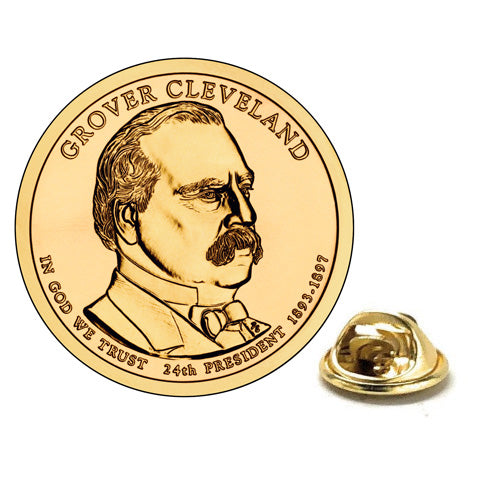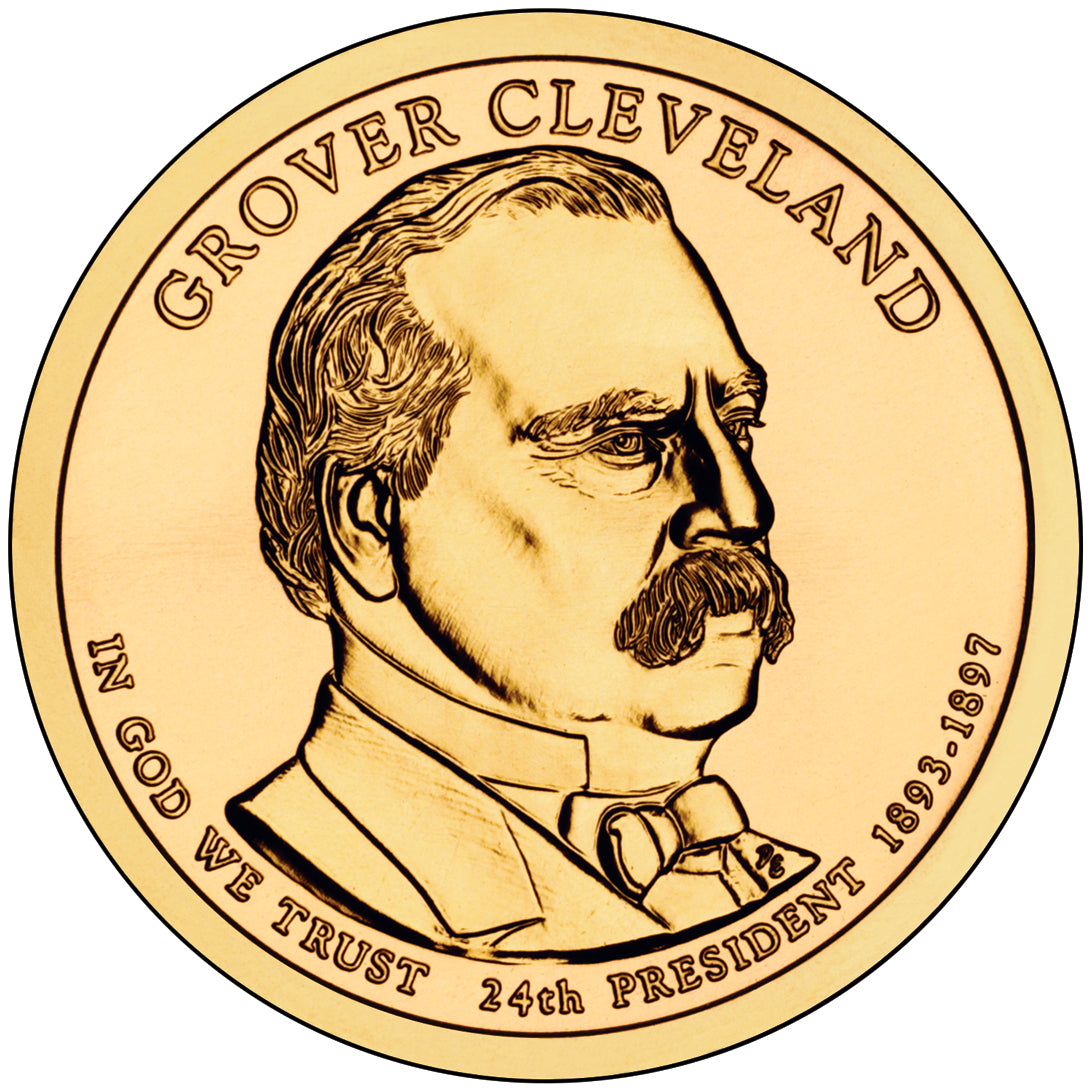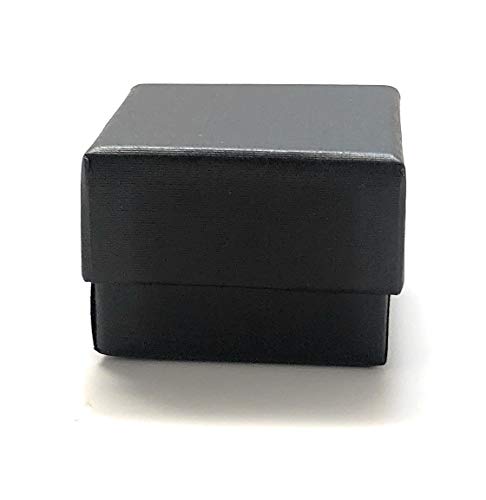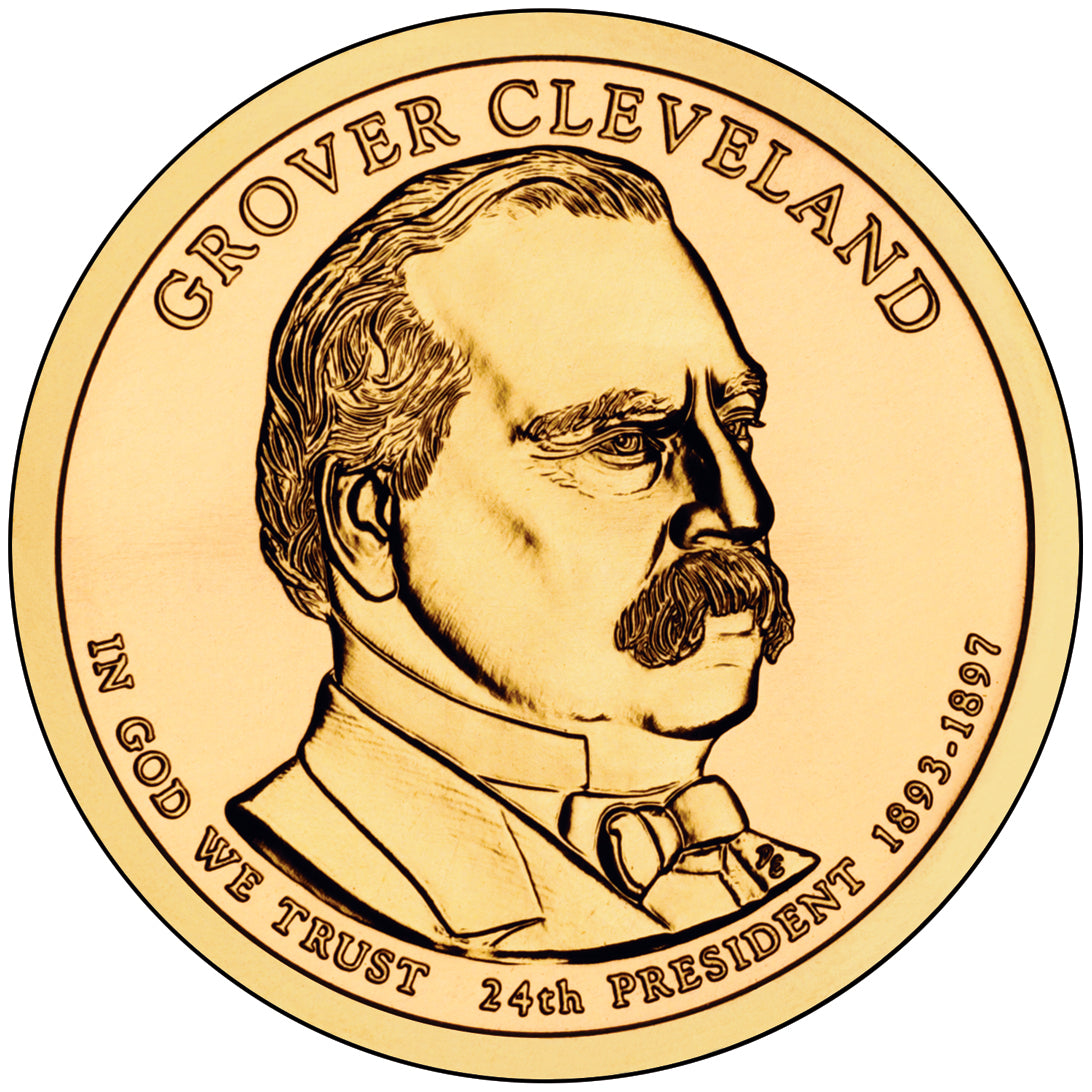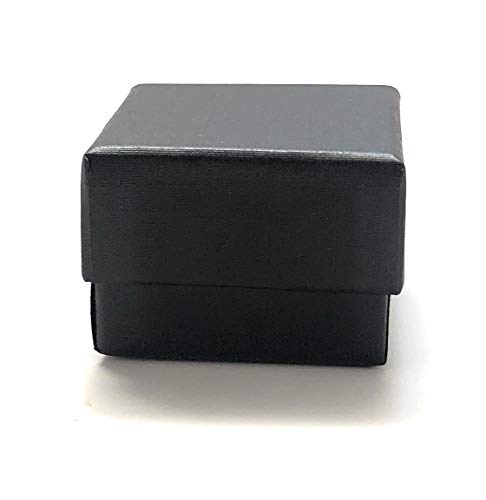Jay Pins
Grover Cleveland Presidential Dollar Lapel Pin, Uncirculated One Gold Dollar Coin Enamel Pin
Grover Cleveland Presidential Dollar Lapel Pin, Uncirculated One Gold Dollar Coin Enamel Pin
Couldn't load pickup availability
Celebrate American history with this Grover Cleveland Presidential Dollar Lapel Pin, crafted from an uncirculated U.S. Presidential $1 Coin. Featuring the 22nd and 24th President of the United States, this collectible pin captures the legacy of Cleveland’s leadership in a stunning gold-toned enamel finish.
Perfect for history buffs, coin collectors, educators, veterans, or patriotic gift-giving, this lapel pin is both a timeless accessory and a piece of U.S. heritage. Wear it proudly on your jacket, hat, tie, or bag to showcase your love for American history.
Each pin comes with a secure clasp backing, making it durable for everyday wear or display in any coin or presidential memorabilia collection.
Key Features:
-
Genuine uncirculated Grover Cleveland Presidential $1 coin
-
Gold enamel lapel pin with secure clasp backing
-
Unique collectible celebrating the 22nd & 24th U.S. President
-
Great gift for history lovers, coin enthusiasts, or patriotic displays
-
Ideal for suits, hats, bags, and commemorative collections
Approximately .80" in diameter
Authentic Uncirculated USA Coins
Hand Crafted by Artisan in the USA
Rhodium Plated Gold Butterfly Clasp Backing
Presidential $1 Coin Program
Presidential dollar coins began on January 1, 2007, and like the 50 State quarters program, was not scheduled to end until every eligible subject was honored. The program was to issue coins featuring each of four presidents per year on the obverse, issuing one for three months before moving on to the next president in chronological order by term in office. To be eligible, a President must have been deceased for at least two years prior to the time of minting. The United States Mint called it the Presidential $1 Coin Program.
Background
The first Democrat elected after the Civil War, Grover Cleveland was the only President to leave the White House and return for a second term four years later.
One of nine children of a Presbyterian minister, Cleveland was born in New Jersey in 1837 and raised in upstate New York. As a lawyer in Buffalo, he became notable for his single-minded concentration. Running as a reformer, he was elected mayor of Buffalo in 1881 and later, governor of New York. He first won the presidency in 1884 with the combined support of Democrats and reform Republicans known as the “Mugwumps.”
After losing the presidency to Benjamin Harrison in 1888, he was returned to office in 1892. As the 24th President, Cleveland faced an economic depression. He dealt directly with the financial crisis rather than with business failures, farm mortgage foreclosures and unemployment. He obtained repeal of the mildly inflationary Sherman Silver Purchase Act and, with the aid of Wall Street, maintained the Treasury Department’s gold reserve.
When railroad strikers in Chicago violated an injunction, Cleveland sent federal troops to enforce it. His blunt treatment of the railroad strikers stirred the pride of many Americans, as did the vigorous way he forced Great Britain to accept arbitration of a disputed boundary in Venezuela. But overall, his policies during the depression were unpopular, and in 1896, his party instead nominated William Jennings Bryan. After leaving the White House the second time, Cleveland lived in retirement in Princeton, New Jersey, and died in 1908.
Share
